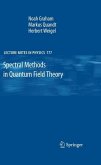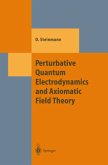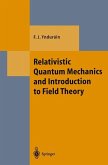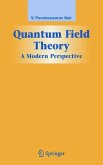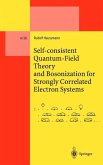In this monograph we apply scattering theory methods to calculations in quantum ?eld theory, with a particular focus on properties of the quantum vacuum. These methods will provide e?cient and reliable solutions to a - riety of problems in quantum ?eld theory. Our approach will also elucidate in a concrete context many of the subtleties of quantum ?eld theory, such as divergences, regularization, and renormalization, by connecting them to more familiar results in quantum mechanics. We will use tools of scattering theory to characterize the spectrum of energyeigenstatesinapotentialbackground,hencethetermspectralmethods. This mode spectrum comprises both discrete bound states and a continuum of scattering states. We develop a powerful formalism that parameterizes the e?ects of the continuum by the density of states, which we compute from scattering data. Summing the zero-point energies of these modes gives the energy of the quantum vacuum, which is one of the central quantities we study.Althoughthemostcommonlystudiedbackgroundpotentialsarisefrom static soliton solutions to the classical equations of motion, these methods are not limited to such cases.
From the reviews: "The authors present the mathematics that is foundational to a variety of problems in quantum field theory, in particular the subtleties of calculating the zero-point energy, i.e. the energy of the vacuum. ... This monograph ... should be used by graduate students as a companion to the standard textbooks of QFT." (Gert Roepstorff, Zentralblatt MATH, Vol. 1169, 2009)


